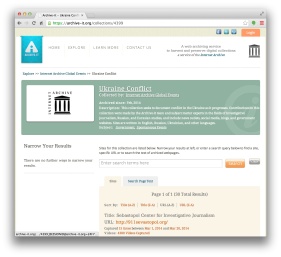By Lachlan MacKinnon
Almost 300 nurses in the Halifax region of Nova Scotia walked off the job on Tuesday in a one-day wildcat strike, although those working in cancer care, emergency and dialysis units, and veterans care remained at work. The ongoing dispute between the Nova Scotia Government and General Employees Union (NSGEU), which represents more than 2,400 nurses and nearly 35,000 other healthcare workers, and their employer, the Capital District Health Authority, is twofold: the union is asking for an increase in nurse-to-patient ratios while also challenging the controversial “Bill 37.” The bill, also known as the “Essential Health and Community Services Act,” seeks to deny nurses, paramedics, and 911 operators the right to strike until an essential services agreement is put into place. Such an agreement would see senior nurses pulled from their duties to negotiate the terms of “essential services” with employers for several months before any collective bargaining takes place.
The striking NSGEU workers were ordered back to work on Tuesday, and the union has announced that legal strike action is scheduled to begin on Thursday morning. The Nova Scotia Nurses Union (NSNU), who represent an additional 6500 nurses in the province, are not in a position to strike but have declared their shared opposition to the planned legislation. With these issues in mind, as nurses and other healthcare workers are poised to strike and the provincial government seeks to limit their right to do so, we have an opportunity to briefly explore the history of healthcare and nurses unions in Canada and to reflect upon the continued importance of organized labour in fighting for the rights of Canadian workers. Continue reading


 Happy April Fool’s Day! We’re happy to be celebrating our fifth year and thank you to our readers for all your support over the years!
Happy April Fool’s Day! We’re happy to be celebrating our fifth year and thank you to our readers for all your support over the years!
 By Ian Milligan
By Ian Milligan